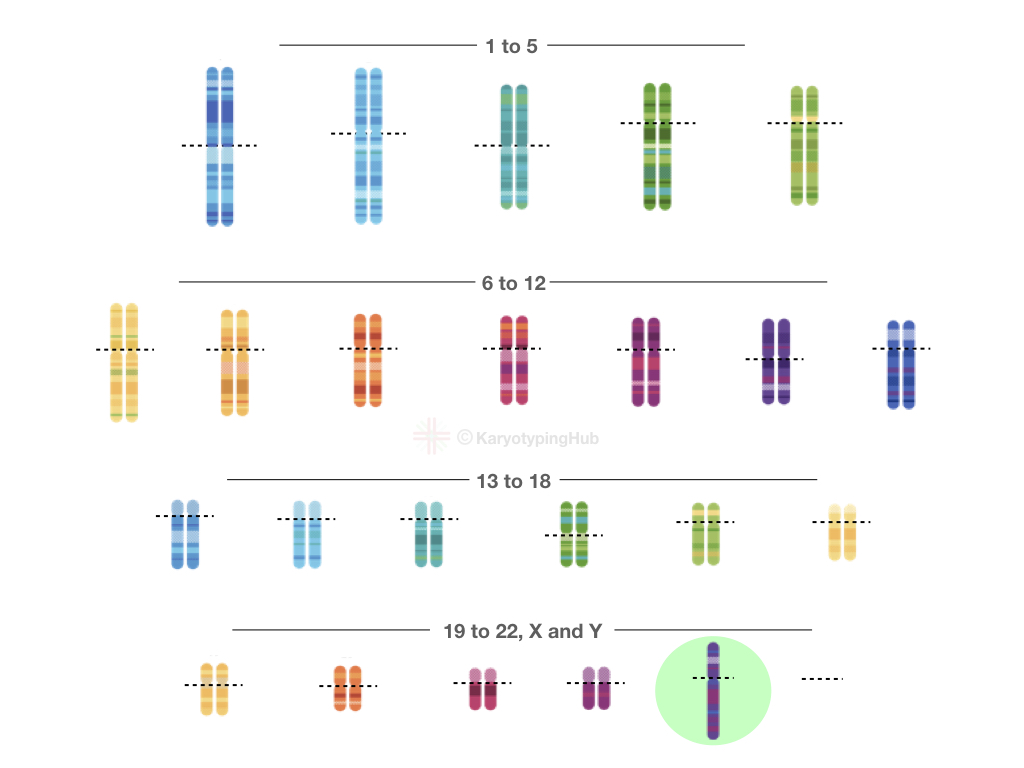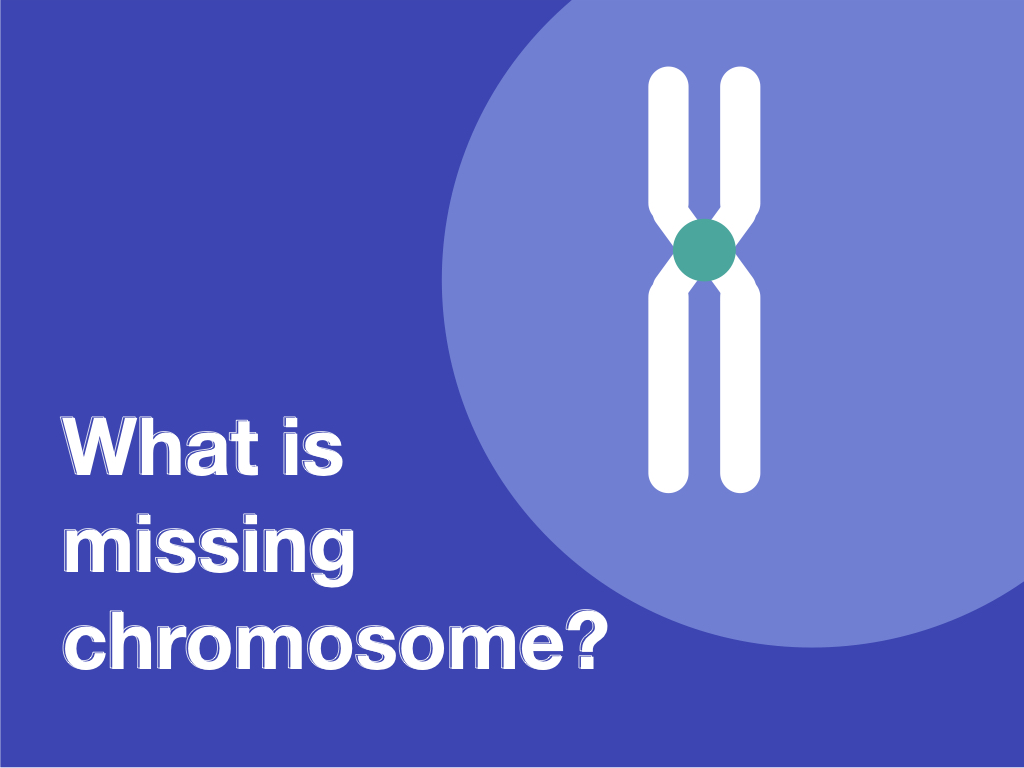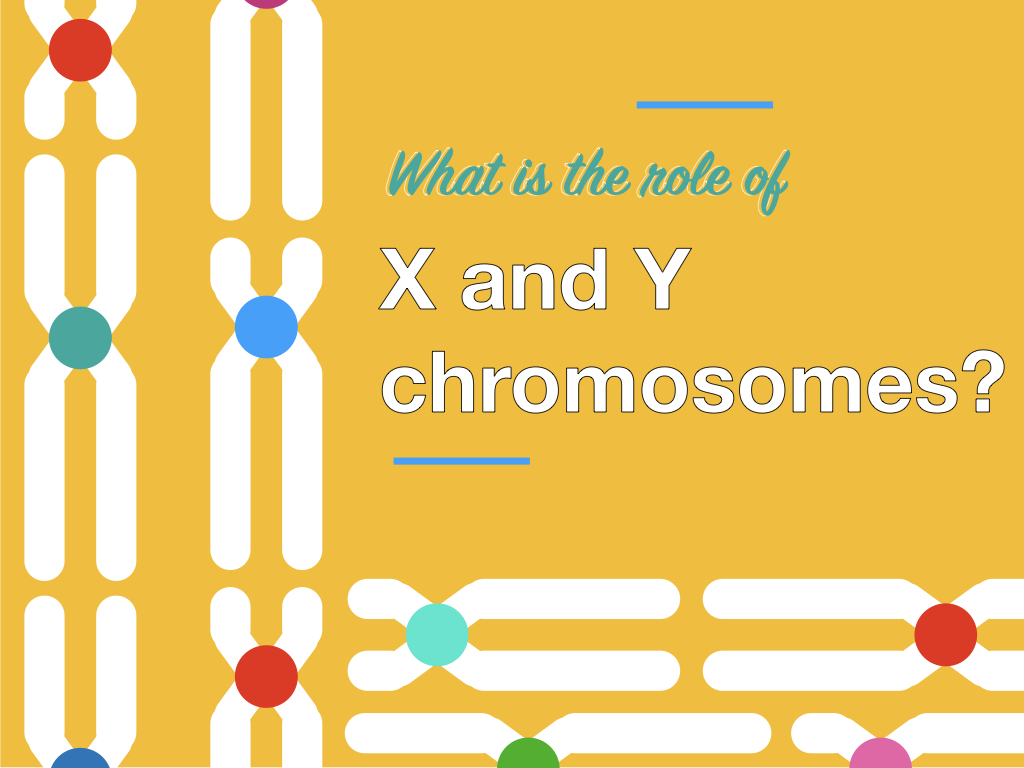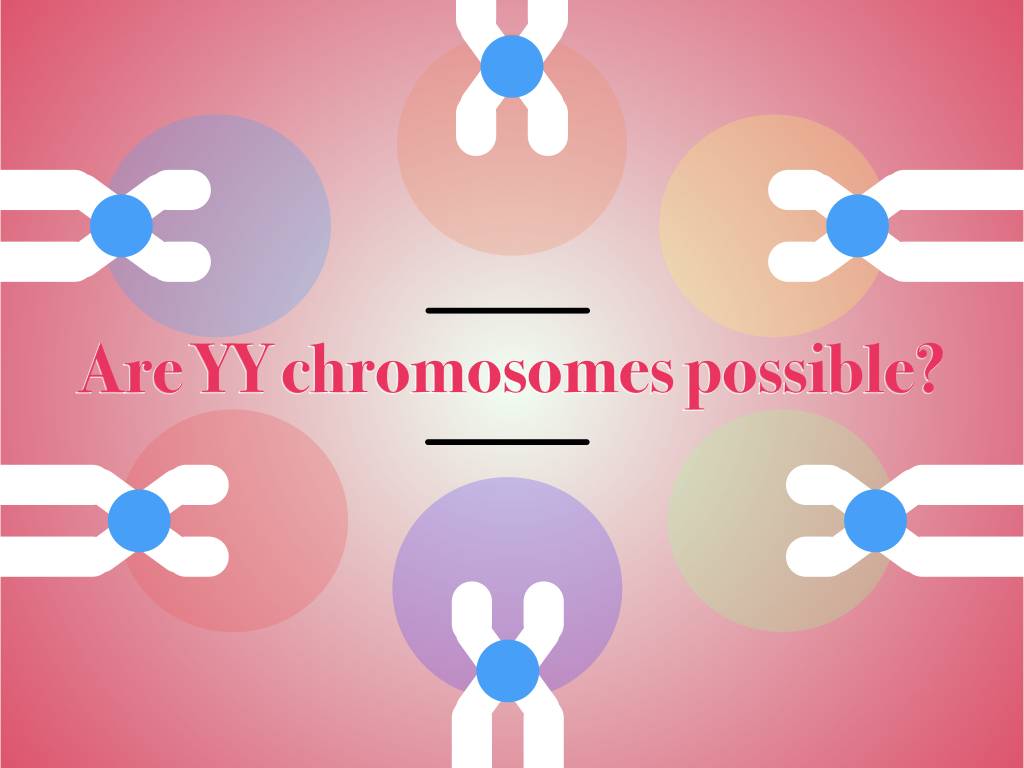An error in meiosis causes a change in the number of chromosomes in which sometimes a chromosome got missing causing a variety of health problems. Those are also known as missing chromosome disorders, for example, Turner syndrome.
Numerical chromosomal abnormalities are significantly involved in varieties of health conditions due to loss or gain of genetic material often known as missing or extra chromosome conditions.
Albeit, it isn’t common natural but around 1 in 150 babies worldwide born with either type of chromosomal condition. Varieties of phenotypes associated with it are mental retardation, cognitive lack and developmental conditions, often.
We know more about chromosomes and numbers. We diploid humans have 23 pairs of chromosomes. Any sudden change in either chromosome structure or function cause mutation leads to serious health problems.
Unfortunately, can’t be cured but diagnosed at prenatal age using the karyotyping technique.
In the present article, I will explain to you one of the most common numerical conditions known as a missing chromosome or monosomy. Further, we will look into how it occurs and what are disorders associated with it.
What does it mean to have a missing chromosome?
The term “missing chromosome” isn’t technical, indeed but used by untechnical people while evaluating the results of the karyotyping test. It’s actually known as ‘monosomy’ – a condition in which a chromosome is missing from a pair.
Monosomy- Definition:
“Monosomy is an abnormal chromosome condition in which a chromosome is missing or absent from a pair due to errors in cell division.”
Complete monosomy or missing chromosome and partial monosomy are two types of it, having different phenotypes. Cytologically, when a homologous pair of chromosomes lacks one chromosome is known as monosomy.
How does the missing chromosome or monosomy occur?
Missing chromosome condition or monosomy occurs for the same reason as trisomy although, the reason for partial monosomy is different.
Constitutional monosomies are originated due to errors in cell cycles of germ cells- meiosis that results in monosomic zygote or mosaic zygote. Germ cells divide differently, germ cells like sperm and ovum are haploid.
The cell division of germ cells completes in two steps; meiosis I and meiosis II. when they hybridized, a diploid zygote forms. Common meiosis error, known as nondisjunction results in improper segregation of chromosomes which means some have more and some have fewer chromosomes.
The fewer chromosome cells when fertilized form a monosomic zygote that lacks any of the chromosomes from a pair.
Partial monosomy is when a significant portion of a chromosome from a homologous pair got missing. Either de novo rearrangement or reciprocal translocation causes partial monosomy.
What actually happens here is that one chromosome from a homologous pair is intact, but another pair lacks some vital genes due to malsegragation. Deletion of the chromosomal portion is the common reason for partial monosomy.
It can also occur during the cell division phase as well or by some natural forces. But when germs acquired partial monosomy, it inherited into offspring.
Note that common monosomies occur randomly and affect only a fetus formed from the nondisjunction. It can’t be inherited.
Read more: In which conditions a Karyotyping or a Karyotype Test is preferred?
Why does a missing chromosome or monosomy cause a problem?
Monosomies like Turner syndrome cause more serious health problems than trisomy and also more lethal. And henceforth health consequences are more dangerous.
We need to understand why it is so!
Chromosomes are present in a pair, we all know that, and so genes are. Two copies of genes, one on each homologous chromosome are present and expressed in a controlled manner.
When one chromosome is missing means the entire gene or set of genes present on that, is missing, consequently, gene expression changes.
Besides, there are other incidents as well, as some genes are a part of pathways of other genes and their activities get affected as well.
What are some mission chromosome disorders?
The commonest complete monosomy found in humans is the Turner syndrome- monosomy of X chromosome in which only a single X chromosome is present.
In this section we described Turner syndrome and other partial monosomies too.
Turner syndrome- Missing X chromosome:
Turner syndrome in which an X chromosome is missing from a pair in females causes serious health and reproductive issues in a patient. It is present 1 in 2,000 females worldwide.
The condition occurs by the common event of aneuploidy known as errors in cell division or nondisjunction. Here cells don’t have whole X chromosomes. However, Turner syndrome is non-inherited and occurs randomly.
In addition to this, Mosaic Turner syndrome is also found in some cases in which some cells have a pair of X chromosomes while some are monosomics. Mosaic condition isn’t inherited as well.
In a few cases of particle deletion of X which causes the Turner syndrome conditions are inherited, those are less, albeit. Some common sign and symptom of the condition is listed here:
Short stature, flat feet, heart defects , infertility, hearing loss, obesity, low-set ears, high palate and other complications. Intelligence and other cognitive phenotypes reported normal.

Note that symptoms may vary from person to person and which condition a patient has (complete, partial or mosaic monosomy).
Partial monosomy 22- missing chromosome 22:
Missing chromosome 22 is a partial monosomy 22 condition, also referred to as Di George syndrome occurs by deletion at 22q11.2
It affects 1 in 4,000 peoples worldwide. Other names of these conditions are CATCH22, conotruncal syndrome and shprintzen syndrome or partial monosomy 22.
Most cases of the present condition are non-inherited. When some portion of chromosome 22 (having approximately 30 to 40 genes) get deleted by unknown reason during fetal development or errors in the germs cell of either parent.
The severity of the disease depends on the number of genes and type of genes deleted. Only a small number of cases are inherited. Several common symptoms of it are:
Mouth, feeding, vision and hearing problems, bone, muscular and spine problems, cleft palates, delay in skills developments like walking, talking or learning, unusual facial features.
Other problems are,
Frequently infections, poor muscle tones, hand and throat spasms and respiratory difficulties.
Note: in case of partial monosomy, the signs and symptoms of the disease depend on which part of the chromosome is deleted, how much genes loss and at which arm it happened.
Partial monosomy 11:
The present condition is often known as Jacobsen syndrome in which some portion of the q arm gets missing spanning many genes. Other names of the conditions are; JBS, partial 11q del, partial monosomy 11q, deletion 11q syndrome- partial, terminal deletion 11q and partial 11q del.
As we said, symptoms may greatly vary depends on how much portion or chromosome 11 is missing, however, collectively commonly observed signs are listed here:
Intellectual disabilities, behavioural problems, developmental delay and distinctive facial features. It occurs 1 in 10,000 people worldwide. The inheritance pattern and clear reason for deletion 11q is yet not understood well.
List of some common partial monosomies are given here:
| Number | Syndrome | Partial deletion type |
| 1 | Cri du chat syndrome | 5p15 |
| 2 | Prader-willi syndrome | 15q11 to 15q13 (paternal) |
| 3 | Terminal 6q deletion | 6q25 |
| 4 | 3p deletion | 3p25-pter |
| 5 | 4q deletion | 4q31 |
| 6 | William syndrome | 7q11.23 |
| 7 | Monosomy 10qter | 10q25-26 |
| 8 | Wolf-Hirschhorn syndrome | 4p16.3 |
| 9 | Angelman syndrome | 15q11-13 (maternal) |
| 10 | Miller-Dieker syndrome | 17p13.3 |
Detection of Missing chromosome:
Cytogenetic technique- karyotyping is a common testing method employed to investigate missing chromosome or monosomy, although to detect partial monosomy or deletion precisely- FISH (fluorescence in situ hybridization) is practiced.
If you want to learn karyotyping this article may help you: what is karyotyping?
Briefly, the process is as explained.
Various biological samples are cultured in order to obtain metaphase chromosomes. Cells are immediately harvested and G bands are performed.
The protocol of G bands (GTG banding) may vary based on the expertise of the researcher, the common G bands protocol is explained in this article: GTG Banding protocol.
Soon after, slides are observed under the microscope to find out the monosomy, computer software can also perform this task as well. Experts evaluate the results and confirm it.
To find partial deletion, FISH is commonly used which is another cytogenetic technique that relies on the principle of hybridization.
Here probes specific to the deletion of chromosome location are designed and allowed to hybridize on metaphase chromosomes which emit fluorescence signals.
The machine collects signals and gives results of presence or absence of deletion.
Conclusion:
Monosomies are not so common much like other aneuploidies however techniques like karyotyping and FISH are sufficiently versatile enough to investigate partial as well as complete monosomy.
Monosomies are non-inherited commonly but some can inherit, those cases are rare. Phenotypes of partial deletion or partial monosomy depend on how much amount of chromosome portion is deleted.
If you want to learn more cytogenetic techniques, you can read articles on this blog, some of the popular articles are enlisted here:


